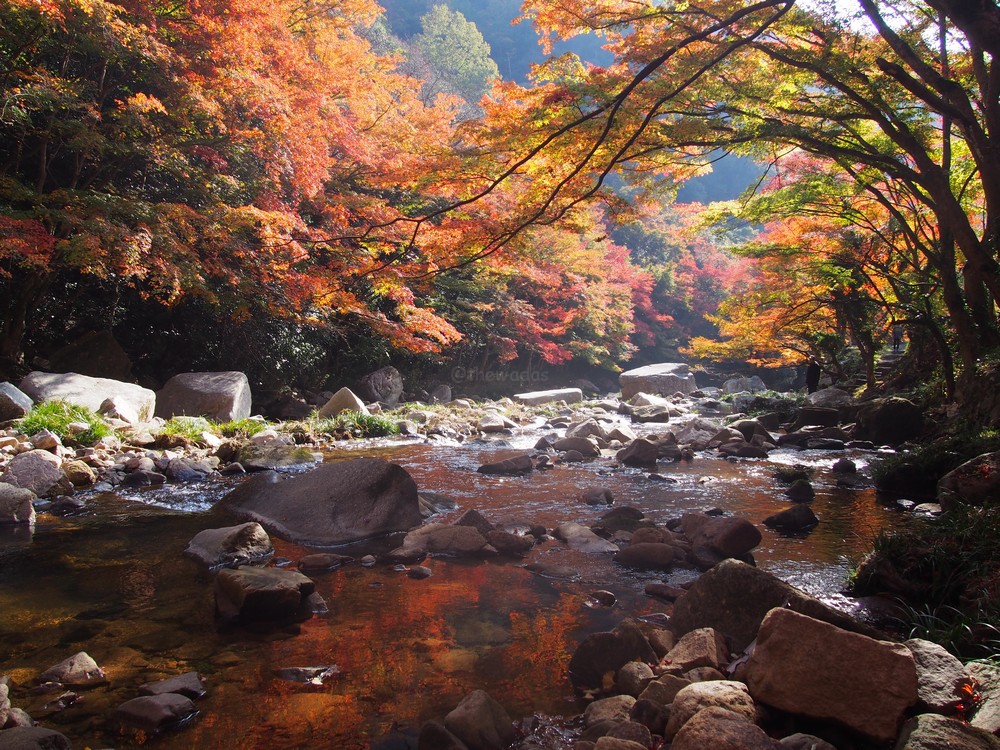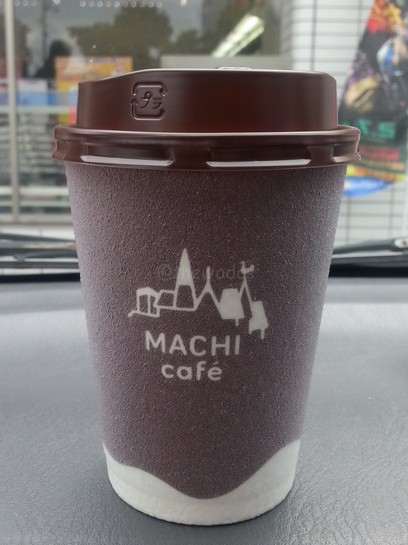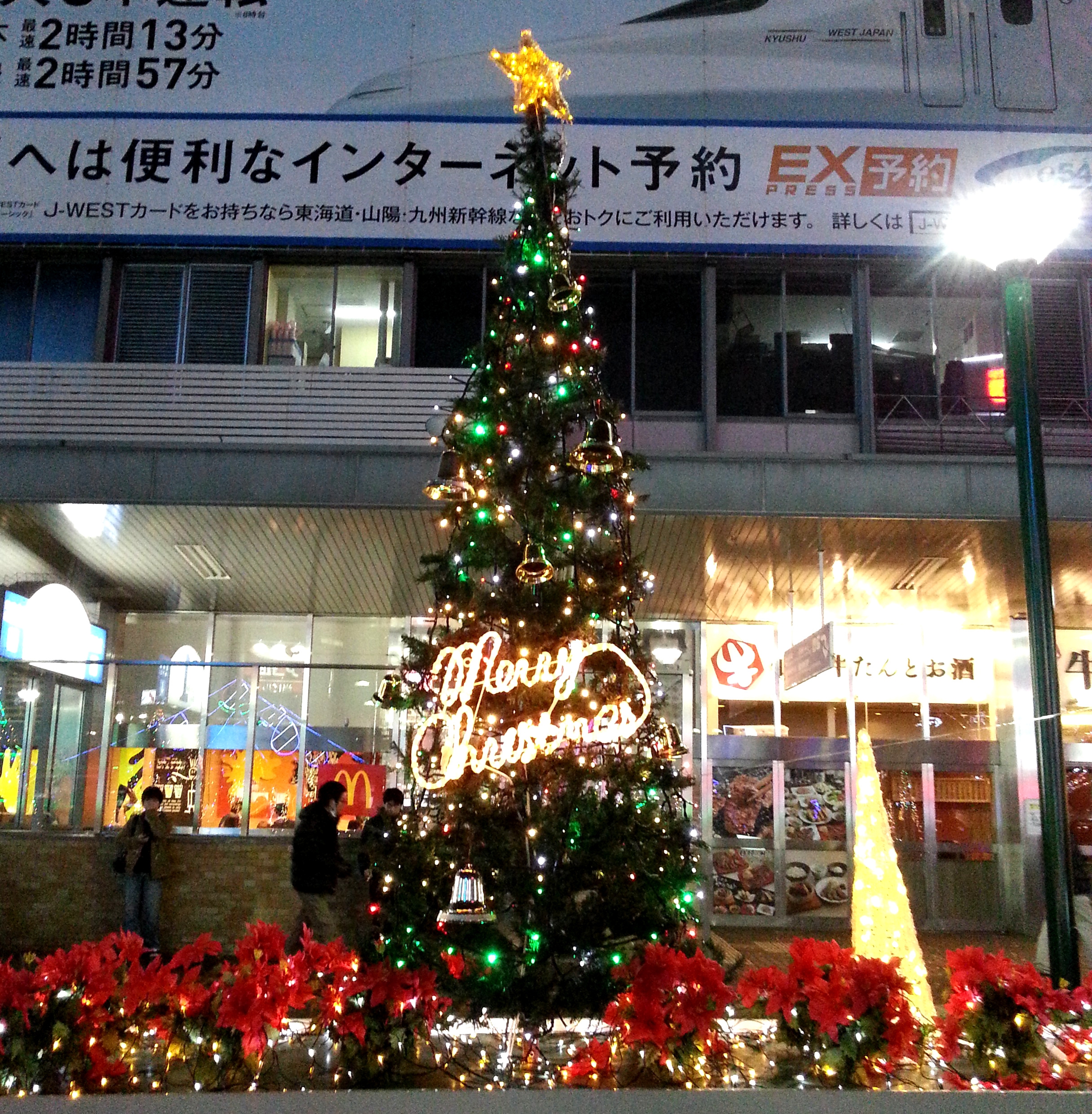A Guide To Self-Service Udon Restaurant
Hi, it’s Mrs. Wada. I just got back from lunch break. I forgot to bring my lunch today, so I had no choice but to have lunch out. I usually have two options, go to family restaurant or my favorite self-service udon restaurant. Both are just located nearby. Since it’s raining today and a bit cold, udon would be an ideal choice.
Udon is like a fast food in Japan. It’s quick, at reasonable price and of course, delicious. Have you tried going to a self-service udon restaurant? If not yet, let me guide you then.
Speaking of udon, I always hear the importance of the texture of the noodles that it has to be al dente. That’s why most of udon restaurants serve freshly cooked noodles. But aside from that, the soup also is very important. I really like my regular place mainly because their soup is just so delicious.
My regular udon restaurant (I think it’s not franchised.)
Now, let me show you how to order one. Let’s go enter.
How to order Udon
I’m getting “kake-udon”, the simplest menu. For “kake-udon”, I have to get my bowl of udon noodles. It’s located on the left side in the picture below.
There are usually three options – “shou” (small), “chuu/nami” (medium) and “dai” (large). I’ll have the small size. If the size you want isn’t available in the rack, you can ask the staff to prepare one.
To order other menus, go straight to the cashier area and place your order. There are many variations, there’s even curry udon. From the middle to the right side are all side menus, mostly deep-fried and you can find also onigiri (rice balls), eggs and other toppings.

After picking your noodles and side menu(s), go forward towards the cashier.
Now, let’s warm our noodles.
Take the strainer and transfer the noodles into it. Then, soak in the hot water.
Shake the strainer for few seconds in the hot water, to evenly warm up the noodles. Take the strainer out and shake it up and down to drain off the water. Then, transfer back the noodles to the bowl.
Next step is to add the soup, dashi in Japanese. At this place, they use kombu (kelp) and bonito fish flakes to prepare for the dashi.
We are not done yet. Don’t forget to add free toppings. Most udon places offer free toppings, at least chopped green onions, bonito flakes and pickled raddish. If it is a lucky day, they serve also sliced kombu, my favorite.
They also have ginger and tenkasu (tempura bits).
And it’s complete!
(I know I shouldn’t get too much toppings, but it is just so good to resist. I sometimes add ground sesame seeds. That’s battered octopus legs there.)
Soup first! Then have some seaweed strips and noodles!
Don’t forget to return your empty bowl and plate to the counter. They have yellow bins placed below the return counter for the used chopsticks.
And lastly, say “Gochisousama(deshita)!” (thanks for the meal) to the staffs before leaving! By the way, the word “gouchisou” means a feast or a treat. Gochisousama!
See you around!
You may also be interested in these.
Guide to Sushi Restaurant in Japan
Types of Japanese Ramen: Find Your Favorite
















Hm. I’ve been to a stand-up noodle place, but never a self-serve place. I’ll have to try it some time.